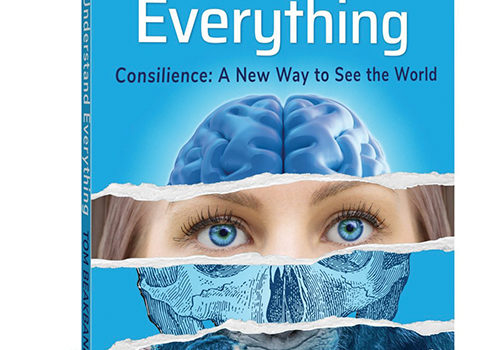 By Chris Apostle
By Chris Apostle
Will businesses return to offices, post pandemic? That’s a question on everyone’s mind. The flipside to this question in the eCommerce space is will consumers return to brick and mortar stores? No question they will, but how will eCommerce brands and platforms and their agencies, which have grown rapidly during the global crisis, navigate this return to instore retail shopping?
By now consumers have been conditioned to the value of buying online. As long as the security associated with data and consumer behaviour remains aligned with privacy covenants, eCommerce growth may slow but it won’t stop. We’re going to continually see an increasing number of people buying online and most brick and mortar retailers are preparing for this. They’re providing choice where consumers want choice. The “buy online & pickup in store” dynamic will certainly kick into higher gear. The hybrid, digital and in-store shopping experience is already working for brands such as Lululemon, Gap, Walmart, Target and Peloton. In order to keep and maintain a competitive edge, many more retailers will need to adopt this model. Their longevity as retailers will become more and more reliant on this.
A recent key development at play for maintaining and expanding eCommerce success as we face an in-store shopping revival is the rise of frictionless purchases. For years, online retailers have been working on the best way to transfer the in-person experience to online storefronts. It has become less about competing and more about the circumstances that are right for the shopping instance. Factors such as product type, how fast the product is needed, price-point are important, but being able to move from inspiration in an engagement-oriented environment through to purchase without ever leaving that experience is critical to the growth of online shopping.
The new-ish focus on Facebook and Instagram shops, and the idea of native checkout inside of platforms like Pinterest and Tik-Tok, is the immediate future of eCommerce. For example, on your Facebook feed you see an ad for a pair of shoes from Under Armour. You click on the ad, it pops-up a storefront over your feed and allows you to browse styles, colors and availability. You then place the item you’d like into a shopping cart and go through to purchase without ever leaving Facebook. When the purchase is complete, the store pop-up disappears and you are right back where you left your feed.
This is what will continue eCommerce growth — marrying content consumption, such as Pinterest ideas and inspiration, and the engagement and entertainment that you see on Facebook and Instagram, with a direct path, without leaving that environment, to purchase. The challenge for eCommerce brands and their agencies will be to accelerate the optimization of this digital shopping experience, to continue evolving the frictionless purchase process, especially for Gen Z, which prefers the frictionless experience above all else. Young consumers will keep the momentum of eCommerce on track as long as brands and agencies keep up with them, if not stay ahead.
Here are five strategies that eCommerce brands, platforms and agencies should adopt in order to adapt and prosper post pandemic:
1. Be sure you know your customers’ (new) journey. Enhance your brand’s understanding of how consumer journeys have evolved and advance the hybrid “buy online & pick up instore” model;
2. Personalize. Using a combination of your customer knowledge and insights into new behaviours, customize the key touch points along their buying journeys to ensure the most relevant and action-oriented tactics guide them to purchase wherever it suits their desires and needs;
3. Extend the brand experience. Partner with brick and mortar retailers on programs that extend the in-store experience into their digital channels and touch points to maintain the brand essence at every step;
4. Keep engaging. Work closely with agency partners to maintain your brand’s distinctive voice, messaging, its look & feel, loyalty programs, as well as identify engaging content platforms and partnerships for ongoing engagement through the frictionless online shopping experience; and
5. Further your learning agenda. A solid and sound testing framework is imperative to keep your hand on the pulse of consumer sentiment, buying behaviour and brand affinity. Keep it active and pay close attention to it. Shifts will continue to happen and course-correction will be needed to ensure performance stays strong.
Will the return to instore end the eCommerce boom? Not by a long-shot. The vast majority of consumers who previously avoided shopping online due to security reasons or lack of comfort in the online shopping environment have been conditioned to trust and prefer the experience. That said, we will likely see a short-term slow down in the growth in eCommerce sales until consumers realize how much more efficient and effective they can be while shopping in the comfort of their own homes or when and where it works for them. Personalization is the foundation here. If you are able to provide consumers with an experience that is unique to them without having to go into a store and speak to a sales associate, the eCommerce landscape will continue to flourish.
Chris Apostle is EVP of E-Retail & Marketplace, Labelium Americas.




